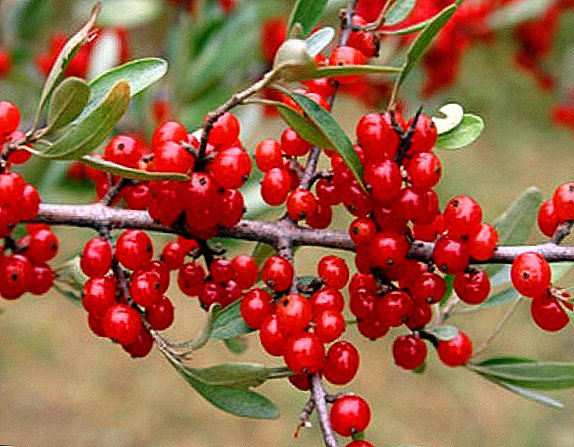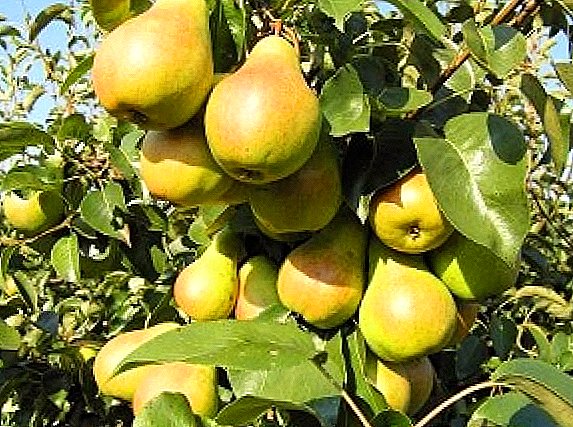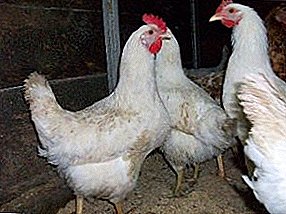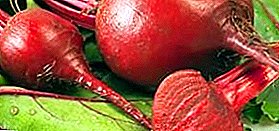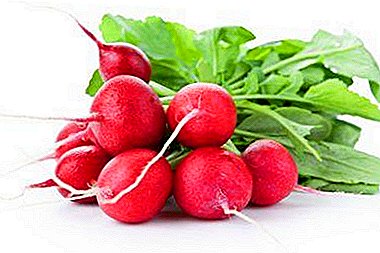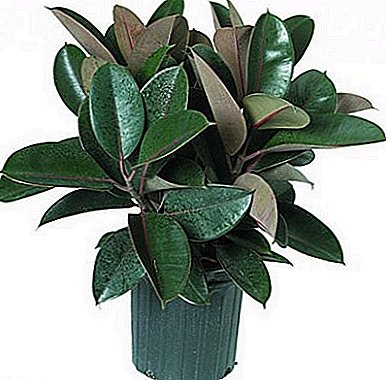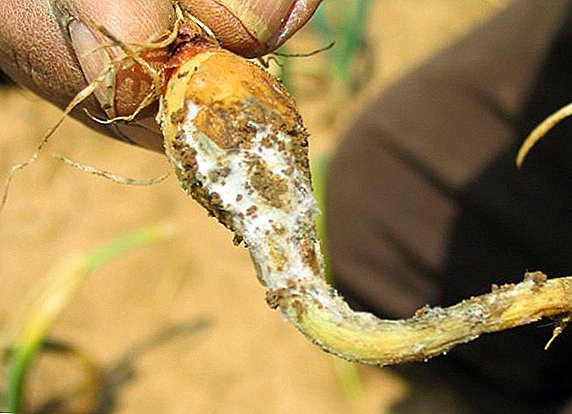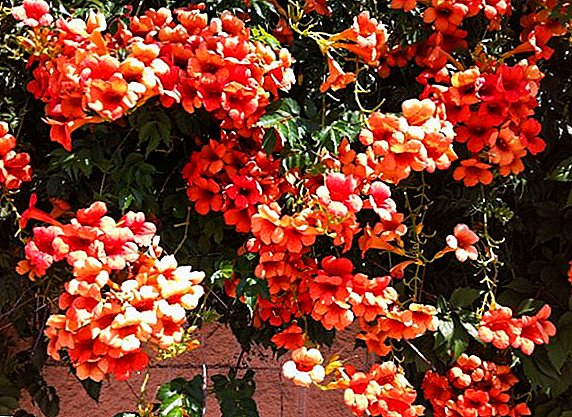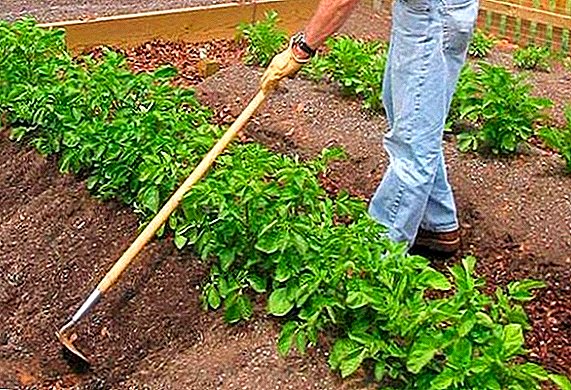 Many gardeners know that plants need hilling. Sometimes this procedure is carried out on the beds, without even thinking about what function it performs and whether it is so necessary for all vegetables. First you need to understand: what is hilling and what is this event?
Many gardeners know that plants need hilling. Sometimes this procedure is carried out on the beds, without even thinking about what function it performs and whether it is so necessary for all vegetables. First you need to understand: what is hilling and what is this event?
Hilling is the loosening of the top layer of soil around the plant, with scooping up the ground to its base in the form of a mound. This is an agrotechnical reception that is really important and useful for many plants.
It contributes to the proper growth and respiration of the roots, the growth of new roots for feeding and stability of the plant in the soil. It also prevents the soil from washing out during heavy rains, and also bleaches commercial parts of plants such as asparagus and leek.
Before frost, this procedure is important because it prevents the crops from freezing. Moreover, it acts as a prevention of many diseases.  However, is it necessary to apply this method to all vegetables indiscriminately? To answer this question, we will separately consider the hilling of the most common types of vegetables.
However, is it necessary to apply this method to all vegetables indiscriminately? To answer this question, we will separately consider the hilling of the most common types of vegetables.
Potatoes
Hilling is important for proper, healthy potato growth. The procedure must be carried out in the spring after the appearance of the first shoots on the ground (retains heat in the soil in the event of an unexpected return of cold weather) and several more times throughout the entire period of growth and the formation of fruits.
This is necessary for the formation of additional bunches of tubers, which significantly increases the level of yield. It also protects the root system from leaching during periods of rain, keeps cool for roots and root crops in extreme heat.
And during the hilling process, weeds are removed, which pull the juices necessary for potatoes from the ground.
The first time hilling of potatoes is carried out when the ground bush reaches 15 cm in height. After that - regularly every 2 weeks. 
Important! It is necessary to be careful in the period after the appearance of flower buds on the potato bushes. Hilling at this time may adversely affect yield.
Tomatoes
Do I need to pile up tomatoes? This method is widely used for this type of vegetables. This is especially true for tall bushes. Loosening contributes to the germination of additional lateral roots, through which the plant sits tightly in the ground and is not subject to strong winds.
Plus, this additional nutrition with minerals and moisture, which is necessary for the fruit to grow tasty and juicy. The first time spuding tomatoes is already 15-20 days after planting.
Then again in 2 weeks. In general, this procedure should be carried out about 3 times over the entire growth period. It all depends on the weather conditions and the state of the plant.
Important! It is worth remembering that hilling is effective only wet earth. The procedure should be performed after rain or watering, as soon as all the water is absorbed.
Cucumbers
Do I need to pile up cucumbers? These vegetables, as well as tomatoes, easy hilling is only good. Heaped cucumbers have an additional power source and moisture in the form of side roots.
In addition, you can not be afraid that a tall plant will lose its stability in the ground due to the blurriness of the soil or strong wind. The main thing with this is the accuracy of the procedure, so as not to damage the upper roots of the plant. 
Cabbage
Cabbage loves hilling. Surely many experienced gardeners have noticed that after this event, cabbage "grows" additional roots, thereby increasing its stability, and you can not be afraid of lodging.
Most early and medium varieties of cabbage need only one procedure in their entire life. It is held at the moment when the head starts to form.
For proper growth and the formation of other species, this technique is applied twice: once, when the head is formed, and again a couple of weeks later.
Brussels sprouts especially need timely hilling. And the kohlrabi variety is the only one, which, on the contrary, is not recommended for spuding - this may cause growth retardation 
Peas
As for peas, hilling is not necessary for all its species. This technique will be useful for stunted and shtambovyh plant varieties. This increases their stability in the soil and improves the flow of nutrients from the earth.
For other species, the question remains open - many gardeners and gardeners argue about whether pea needs this procedure, because it has a very delicate and vulnerable root system.
In any case, hilling will not be harmful if the process is done carefully. This is usually done when the bushes have reached a "growth" of 15 cm.
Did you know? Peas are ideal for the role of predecessor when planting many crops. At its roots, during growth, nodules of nitrogen are fixed, which function as fertilizer even after the plant has been removed from the site. The concentration of mineral nitrogen is about 100 g per 1 sq. Km. m of land.

Beans
Beans, as well as peas, refers to legumes. It has a gentle root system and requires careful handling. Hilling is not always included in the list of procedures necessary for its growth.
Someone is of the opinion that this is an optional event, and someone thinks that it will be good for them to pile up the bean bushes and will benefit from it - the moisture of the earth will remain for a longer period.
In any case, hilling of bush and asparagus beans is made after watering, raking the ground in a pile around the base of the bush, up to the first leaf. 
Garlic
Hilling garlic with moist earth is called whitening. This means that after this procedure, the heads hidden in the ground acquire a beautiful light shade and delicate texture, and the greens remaining on the surface turn out to be more juicy and piquant to the taste.
Most importantly, in early July, the earth is shaken off the stalks of garlic in order to speed up the process of its ripening. In the case of freezing of the soil in which the garlic grows, and the exposure of its root, this procedure will retain its heat. 
Bow
Onions refers to the type of garden plants, spud which is not required. In the process of growth, it reaches for the sun and the upper part of the bulbs may become bare, but this does not mean that it should be sprinkled immediately.
It is enough for a bow to have only its lower part in the ground. This ensures faster ripening and, in the future, better storage of the bulbs.
The exception is leek, which must be spud in order to whiten a part of its trunk. Often this method is used when growing leek for sale.
Did you know? The name "onion" bow owes its outward resemblance to the turnip. There are sources claiming that it was grown more than 5,000 years ago in countries such as India and China.

Peppers
Do I need to spud peppers? On this subject, many gardeners argue and most often agree on the opinion that it is not necessary after all. This is due to the fact that the root system of pepper cultures is located in the upper soil layer and hilling can easily damage it.
In addition, this plant has a root neck. The growth of additional roots for nutrition and stability of the peppers is not required, and the extension of the moisture content of the earth can cause rotting of the roots and stem. 
Eggplant
The last question that we will consider in our article: Do you need to spud a garden plant like eggplants? Eggplants are drought-resistant plants and usually respond well to hilling.
Of course, only if this method was performed extremely carefully and the roots remained intact. The root system of eggplants, as well as the peppers, is located very close to the surface of the earth, therefore hilling and loosening should be done with great care.
The answer to the question remains ambiguous, as many agronomists still believe that hilling eggplants, like peppers, is not necessary. However, it is believed that slight hilling still protects the fragile root system of this plant.  After reading the article, you were able to understand more about the issues, whether hilling is necessary or not necessary for specific plants, why they produce this effect and what effect it has. We wish you healthy plants and great harvests!
After reading the article, you were able to understand more about the issues, whether hilling is necessary or not necessary for specific plants, why they produce this effect and what effect it has. We wish you healthy plants and great harvests!


